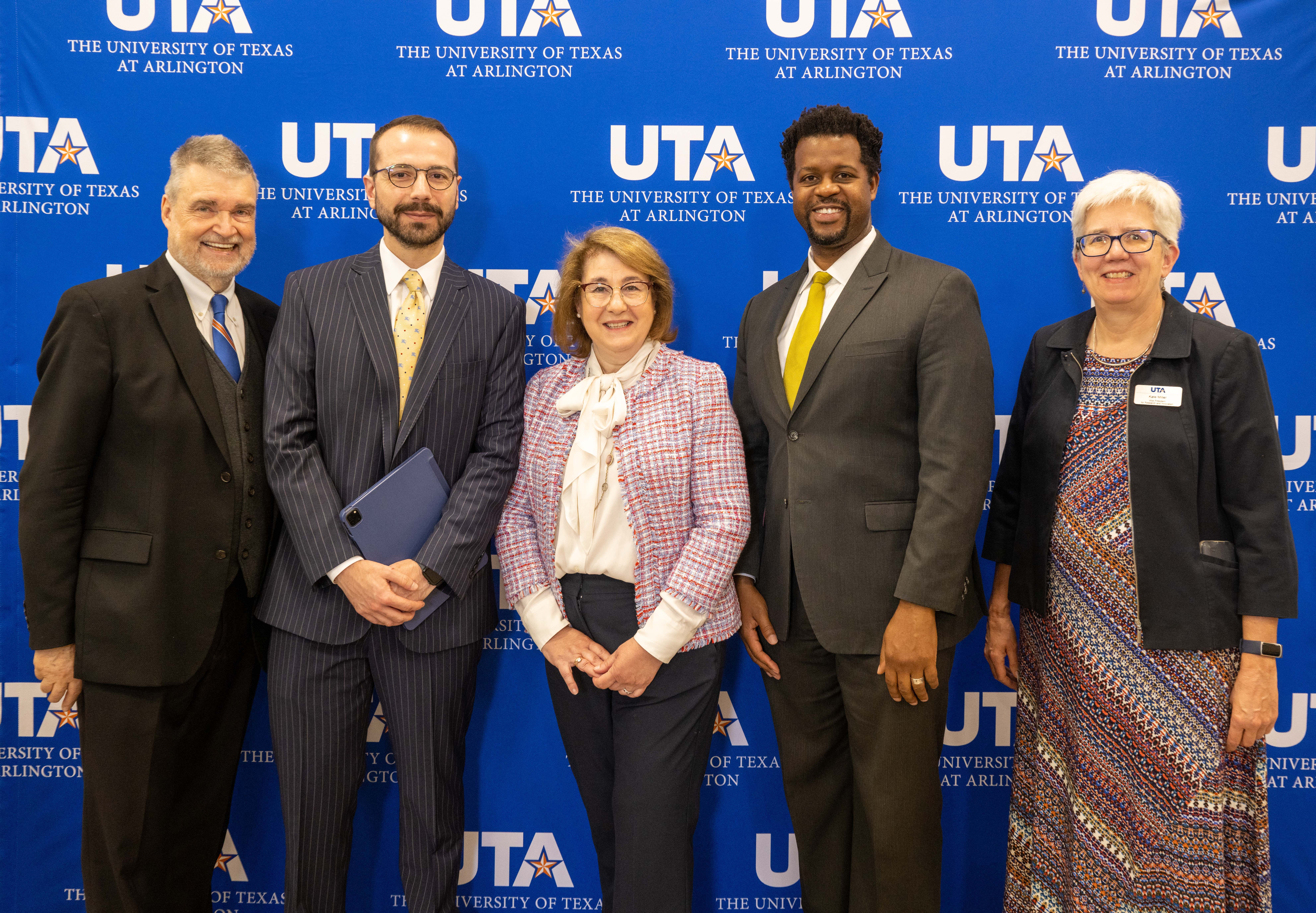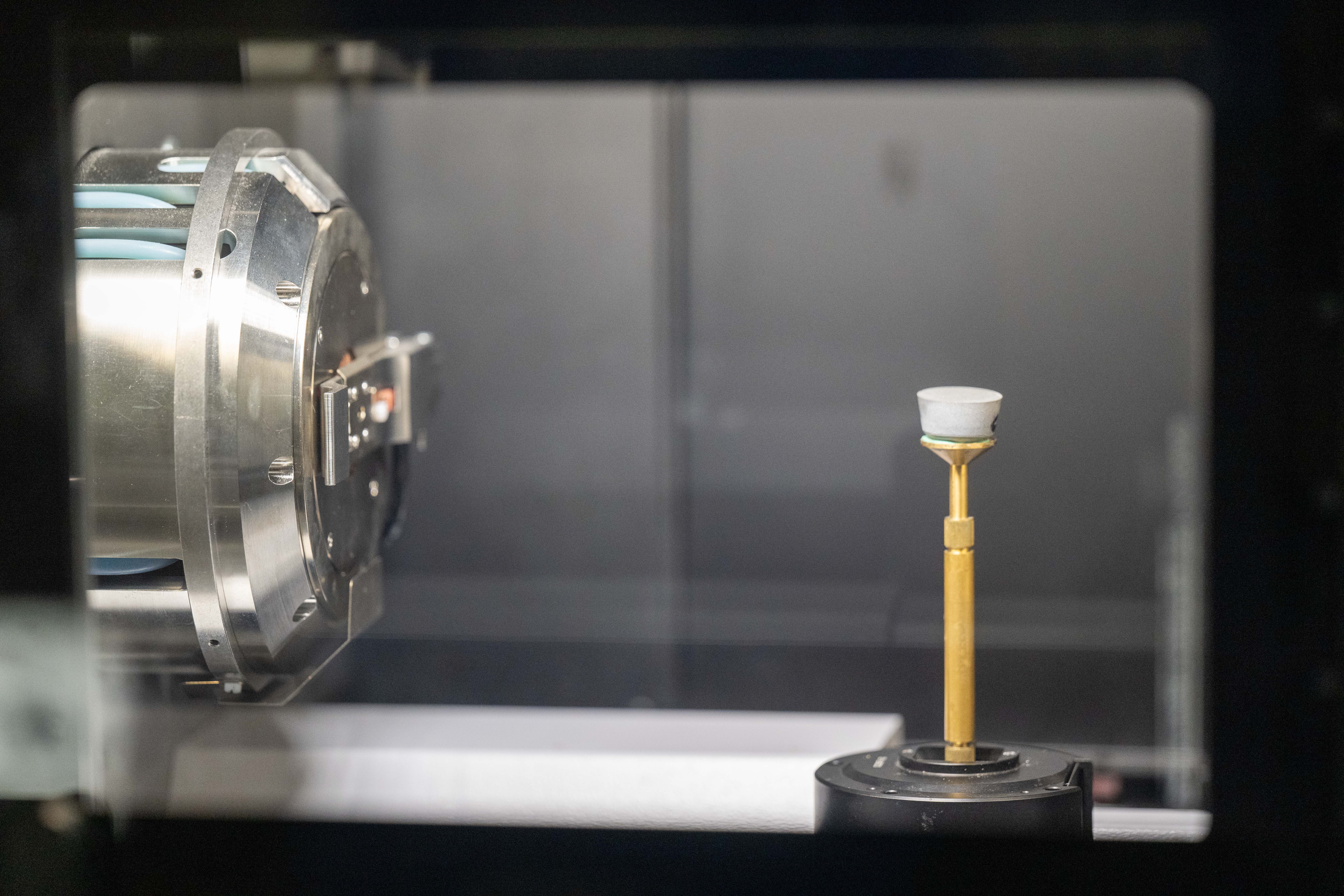UTA to develop concrete that costs less, lasts longer and is better for environment

A University of Texas at Arlington civil engineering researcher is looking to develop a new age of greener and more energy-efficient concrete with 30% lower manufacturing, operational and maintenance costs, targeting a 50% extended lifetime and negative net greenhouse gas emissions in transportation infrastructure.
Maria Konsta-Gdoutos is a civil engineering professor and the associate director for the Center for Advanced Construction Materials, which is receiving a $10 million, five-year grant from the U.S. Department of Transportation (DOT) to create the Tier 1 University Transportation Center (UTC) for Durable and Resilient Transportation Infrastructure (DuRe-Transp).
“We will improve the durability, extend the life and make for cleaner transportation infrastructure,” Konsta-Gdoutos said. “This research will spearhead a holistic program to revitalize the nation’s transportation infrastructure, improving the current ‘fair’ category of U.S. bridges and pavements to ‘good.’ This center will drive the development of standard guidelines for the formulation and deployment of the next generation of resilient and durable construction materials.”
The center comprises a consortium of researchers from UT Arlington, Howard University, Mis-souri University of Science and Technology, Oregon State University, Purdue University and the University of Puerto Rico - Mayagüez.
Several years ago, the DOT issued about $300 million in funding to 32 UTCs. DuRe-Transp is now one of those centers, along with UTA’s Center for Transportation Equity, Decisions and Dollars.
Robert Hampshire, DOT’s deputy assistant secretary for research and technology, said the projects conducted at UT Arlington could transform the concrete industry.
“The winners in this research could be anyone who drives a vehicle,” Hampshire said. “There are 3,233 miles of the 45,000-mile Interstate Highway System in Texas, according to the Texas DOT. And with more than 680,000 total road miles in Texas, if the center can find a way to make roads less costly, more durable and greener, everyone wins.”

Peter Crouch, dean of the UT Arlington College of Engineering, said the University is becoming a beacon of civil engineering research.
“It isn’t just the individual motorist who will benefit from these projects, it is the overall taxpayer,” Crouch said. “If we can dedicate a portion of the savings on roads to higher education or secondary schools or parks, everybody benefits.”
The power of the center’s research capabilities comes from using an advanced atomic microscopy system. This highly technological instrument provides necessary data to design greener concrete and engineer its nanostructure and properties. UT Arlington is the only university to have this tool.
Konsta-Gdoutos said researchers will use the sophisticated machine to see the nanostructure of concrete through topographical imaging at sub-2 nanometer scale, then identify the chemical phases and composition of materials at the atomic and nanoscale.
In addition, the center’s researchers will be able to use a state-of-the-art X-ray nanoscale computed tomography system for sub-250 nanometer 3D imaging and non-destructive scanning and recon-struction of the concrete’s internal nano- and microstructure.
She said this analysis will allow the center to create advanced structural retrofitting and repair solu-tions for existing infrastructure. Researchers are focused on developing carbon-neutral materials and renewable energy-related technologies for reducing greenhouse gas emissions in transportation infrastructure and alleviating urban heat islands.